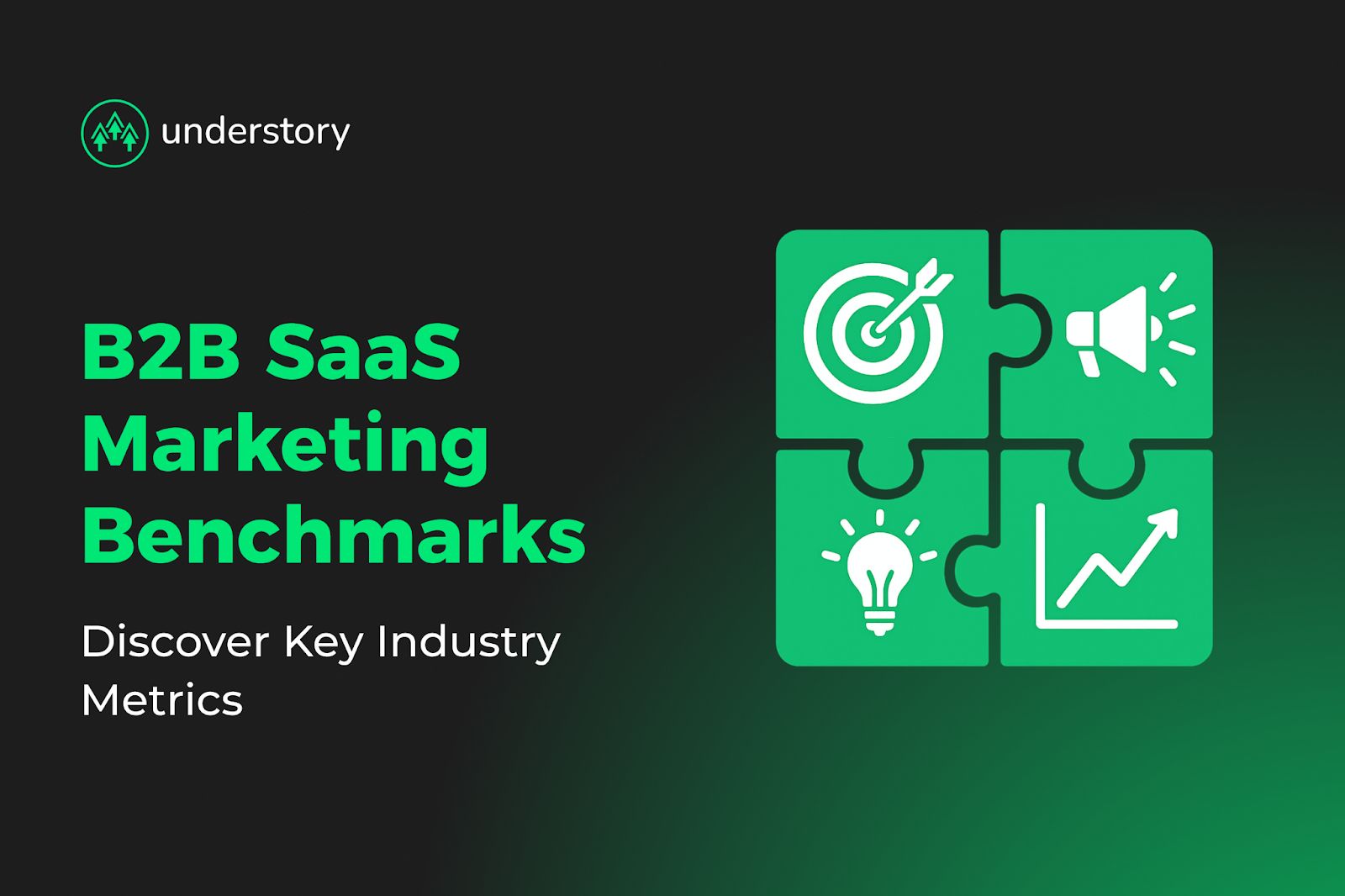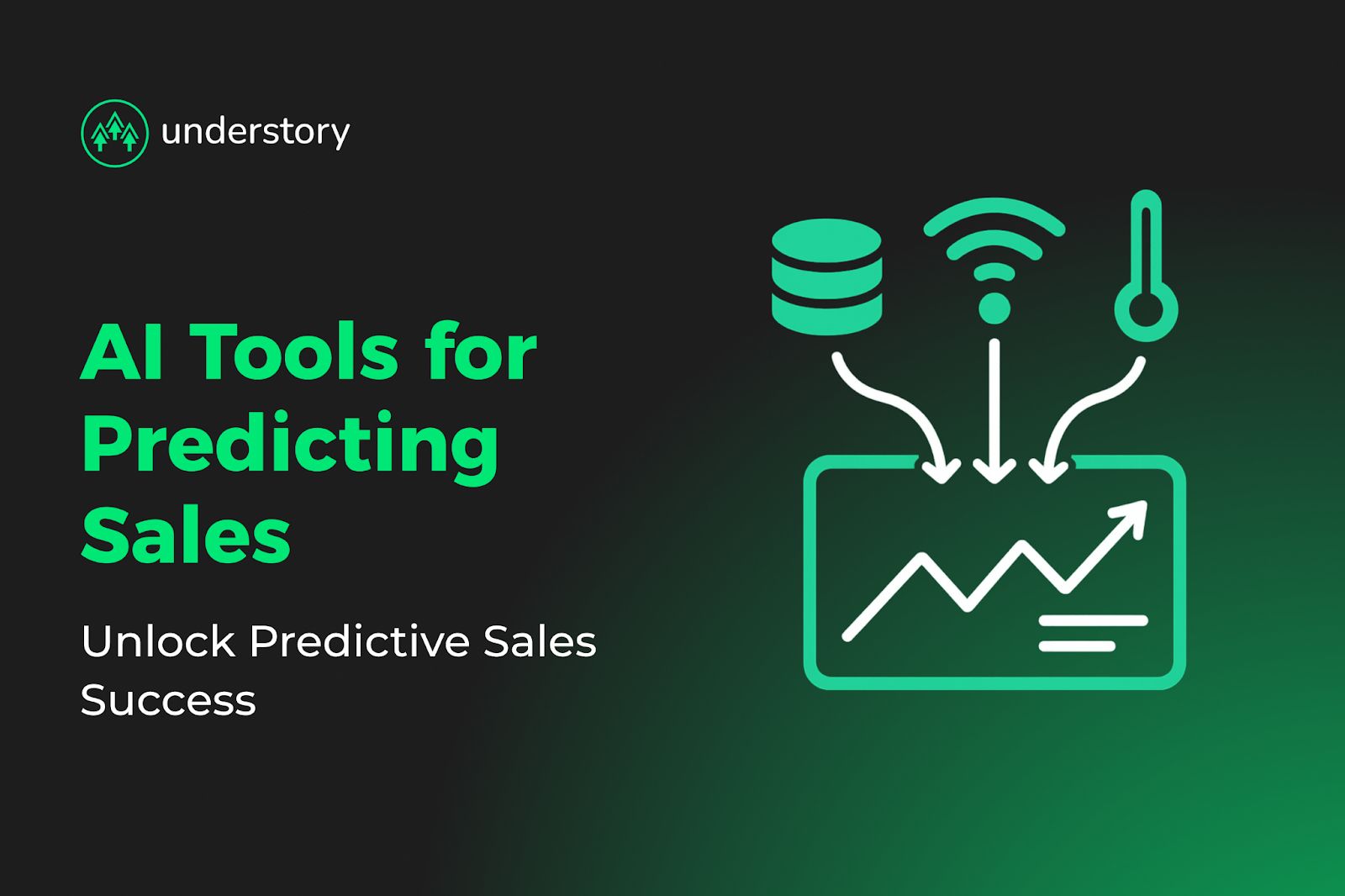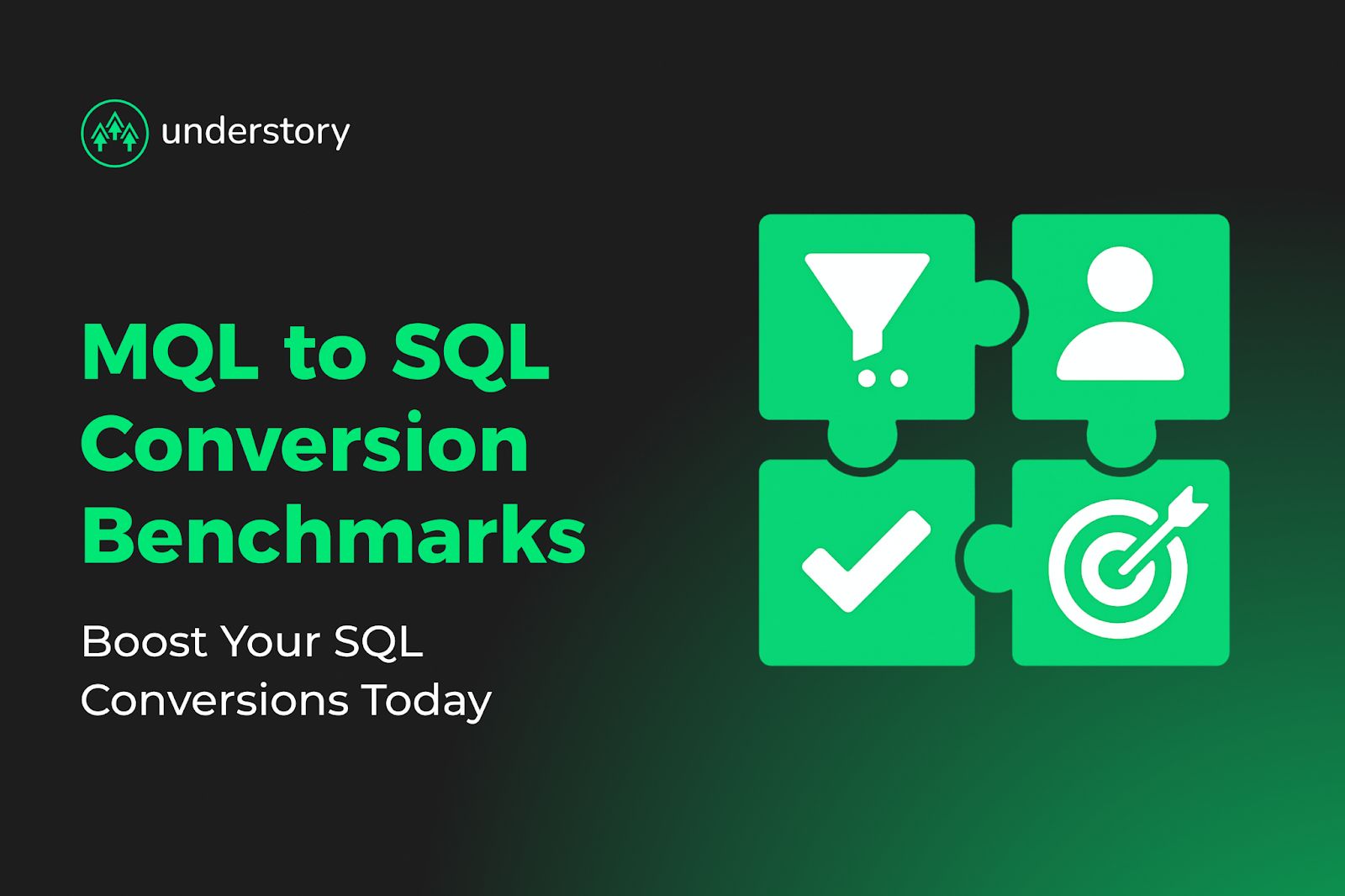
10 Current SaaS Industry Trends & Why They Matter for B2B Marketing
Implementation playbook for B2B SaaS leaders coordinating marketing across AI adoption and pricing evolution.

Build high-performing outbound systems using automation, attribution, and coordinated touchpoints across multiple channels.

Author
Published date
11/14/2025
Reading time
5 min
If your outbound playbooks still look like they did a few years ago, you might already be feeling the squeeze. A small percentage of leads reply to cold emails, even from well-funded SaaS teams. Prospects now educate themselves, compare vendors in private forums, and ignore generic outreach. Meanwhile, competitors own the conversation with laser-targeted LinkedIn touches and AI-generated insights that land at exactly the right moment.
This guide walks through modern B2B outbound best practices for SaaS teams. You'll see which channels are primed to work well going into 2026, how to coordinate email, LinkedIn, phone, and account-based marketing (ABM) into one system for warm outreach, and which metrics can actually predict your pipeline.
Where inbound waits for buyers to raise a hand, outbound meets them first. By reaching prospects before they start an open search, you shape evaluation criteria in your favor and avoid crowded comparison grids. This early engagement proves critical in SaaS, where multiple stakeholders weigh in and complex feature sets need guided explanation. A well-timed LinkedIn connection paired with personalized email sequences keeps your brand top of mind while competitors remain invisible.
Modern B2B outbound marketing is an orchestrated engagement across email, phone, and socials, combined with retargeted ads and content hubs. SaaS growth teams now use AI-powered prospecting platforms to segment, score, and prioritize accounts in real time, focusing effort on accounts with the highest conversion potential rather than where purchased lists randomly land.
The most successful SaaS growth teams blend outbound and inbound into a coordinated allbound approach. With this approach, content that earns inbound trust also fuels your outbound emails, and every outbound touchpoint feeds behavioral data back into marketing automation for smarter retargeting.
Outbound growth in 2026 depends on adapting to four critical changes in B2B SaaS prospecting:
These shifts compound together. Digital-first buyers generate the intent signals your AI needs, but only when distributed teams capture clean, compliant data. Treat them as an integrated system, and your allbound execution feels perfectly timed to prospects.
The B2B outbound landscape of 2026 demands a strategic approach across multiple channels, each serving distinct purposes while functioning as part of a cohesive whole. Let's examine the key components that drive successful SaaS outbound campaigns and how they work together to create seamless buyer experiences.
Hyper-personalization drives SaaS email performance in 2026. AI prospecting platforms analyze firmographic, technographic, and intent signals to generate drafts referencing a prospect's latest funding, tech stack, or product launch.
Platforms like Clay compile and deduplicate leads from 100+ data sources in List Building Mode, while Enrichment Mode fills missing details with 99% email accuracy through providers like LeadMagic. This infrastructure ensures every message lands with verified contact data.
Your role is to inject authentic insight before sending.
Effective sequences run three to five touches:
Deliverability determines whether prospects see your expertise. Authenticate domains with Sender Policy Framework (SPF), DomainKeys Identified Mail (DKIM), and Domain-based Message Authentication (DMARC) protocols, ramp volume gradually, and segment ruthlessly.
Domain management through platforms such as Namecheap and Porkbun ensures proper DNS configuration, while tools like Gmail Premium handle high-value touches and Outlook via ScaledMail protects your primary domain during volume sending. An email crafted for Series B fintech shouldn't land in a late-stage healthcare inbox.
Tools like Instantly handle multi-step campaign automation with inbox warm-up and A/B testing built in, while monitoring reply tracking across multiple sending domains. This infrastructure prevents the common mistake of scaling volume before warming domains, which destroys deliverability for months.
This combination of technical excellence and behavioral responsiveness transforms email from a volume play into a precision instrument that generates qualified conversations without burning your domain reputation or prospect goodwill.
LinkedIn functions as the digital sales floor for SaaS professionals. LinkedIn Sales Navigator identifies buyers by role and intent signals from LinkedIn activity, while consistent thought leadership builds credibility before connection requests.
When prospects engage with your content, automated message sequences trigger. Platforms like HeyReach enable multi-account LinkedIn campaign management with automated connection requests and follow-ups, while maintaining account safety—critical when scaling social selling beyond a single SDR. They remain personal because AI infuses them with context from their comments or company news.
Other platforms serve supporting roles. Technical audiences congregate in specialized channels, so monitor these spaces for questions your SaaS solution uniquely answers. Appear where your buyers already learn, not everywhere simultaneously.
Phone calls now follow digital engagement, converting cold outreach to warm calls by referencing emails or posts prospects recently viewed. The key difference lies in using data to inform strategic touch points. Reaching out after a prospect downloads a guide, interacts with LinkedIn content, or attends a demo continues an existing conversation instead of interrupting workflows.
Effective warm calling starts with research-informed openers that prove you understand the prospect's world. These generally fall into four categories:
For high-value accounts or stalled deals, personalized videos cut through crowded inboxes. Videos let prospects absorb your pitch on their own schedule without coordinating meetings. Teams that coordinate phone, email, and LinkedIn outperform call-only approaches because each touch reinforces context and familiarity, making every dial feel relevant rather than intrusive.
ABM focuses your resources on high-value accounts that generate the largest SaaS deals instead of casting a wide net. This targeted approach treats individual accounts as markets of one, with personalized strategies for each.
Intent and fit scores surface companies showing purchase signals, then you map every stakeholder, so messages address their distinct priorities. Tools like Clay filter companies and contacts by ICP criteria, automatically pulling firmographic data and enriching records before any human touches them. This upfront filtering prevents wasted outreach to accounts that will never convert, focusing effort where deal size justifies investment.
Campaign assets should be customized accordingly. For example, use industry-specific case studies for CFOs, sandbox demos for lead engineers, and ROI calculators for operations teams.
Taking the time to do this well pays off. SaaS teams executing coordinated ABM report measurably larger deal sizes and faster sales cycles.
True allbound coordination means every touchpoint references previous interactions and sets up the next conversation. Consider this sequence:
Attribution platforms like Fibbler close the gap between LinkedIn ad engagement and CRM conversion data, showing which orchestrated touchpoint combinations actually drive your pipeline. When combined with CRM automation through OutboundSync, you finally see which channels influence versus directly convert.
Spacing interactions two to four days apart prevents prospect fatigue, and shifting modalities between visual, written, and voice maintains engagement. This orchestrated approach generates higher response rates while creating a complete audit trail that shows exactly which touchpoint combination moves accounts from cold to qualified.
AI powers three core outbound functions for SaaS growth teams:
AI agents like those used by Clay can scrape and research prospects outside standard databases, pulling insights from company blogs, press releases, and LinkedIn activity that generic contact databases miss. This feeds truly unique personalization points into your sequences.
You provide strategic direction and relationship nuance. AI handles the data processing and pattern recognition. This division of labor lets revenue teams focus more of their time on high-value conversations instead of list building and message drafting.
Intent platforms track review-site visits, competitor comparisons, and content downloads, flagging accounts transitioning from passive research to active evaluation. When a prospect reads multiple pricing articles in one week, the system can escalate them for immediate outreach and suggest messaging that mirrors their exploration topics.
First-party signals from website heatmaps and email clicks combine with third-party data for comprehensive readiness scoring, letting you prioritize effort where purchase probability spikes.
GDPR, CCPA, and emerging global regulations make data hygiene both a legal requirement and a performance driver. These laws require you to obtain clear permission before contacting prospects, provide easy unsubscribe mechanisms, and document exactly how you sourced each contact.
Beyond avoiding fines, clean data practices improve your email deliverability because inbox providers like Gmail and Outlook reward senders who maintain low complaint rates and honor opt-outs immediately. Continuous enrichment pipelines verify contacts with tools like Wiza and IcyPeas (under 2.5% bounce rate) before sequences launch. Combined with real-time list hygiene through Clay, this prevents the accumulation of stale data that typically plagues outbound programs after six months.
Secure explicit consent, honor opt-outs immediately, and purge bounces or role-based emails that damage sender reputation. Professional SaaS positioning through valuable insights instead of generic pitches exceeds compliance requirements while building trust that prospects remember during contract renewals.
Outbound scales when sales and marketing eliminate coordination friction. Develop shared ideal customer profiles, conduct joint planning sessions, and track unified metrics through closed revenue.
AI-powered dashboards provide real-time feedback. Tools like Looker Studio pull data directly from LinkedIn, Meta, and Google Ads, while Porter Metrics feeds everything into unified dashboards without custom integrations. When paired with HubSpot's CRM automation and Fibbler's influenced pipeline attribution, both teams finally see the same conversion story from first touch to closed revenue.
When prospects object to pricing during calls, marketing can adjust messaging within days. Teams operating this coordinated model achieve higher win rates and stronger retention because every touchpoint reinforces one coherent SaaS conversation.
SaaS growth leaders waste hours each week coordinating email specialists, LinkedIn vendors, and SDR teams, while prospects receive disconnected messages and reply rates remain low. The problem is often fragmentation. When outbound operates as separate programs, coordination overhead prevents channels from working together.
Understory's Clay-powered outbound handles everything from domain setup to hyper-personalized email and LinkedIn sequences that book meetings directly to your calendar. Because we coordinate with paid media and creative, your outbound messaging stays consistent across every touchpoint. As a Clay Enterprise Partner, we build custom enrichment tables that become permanent assets for your team, while live analytics dashboards and bi-weekly check-ins ensure you maintain full visibility into campaign performance without coordination overhead.
Book a call with our team to discuss your outbound strategy today.

Implementation playbook for B2B SaaS leaders coordinating marketing across AI adoption and pricing evolution.

Industry data on customer acquisition costs, lead conversion, channel ROI, and trust-building strategies for growth leaders.

Choose platforms that eliminate spreadsheet forecasting and show real-time pipeline health across channels.

Evaluate your MQL to SQL conversion according to industry benchmarks.